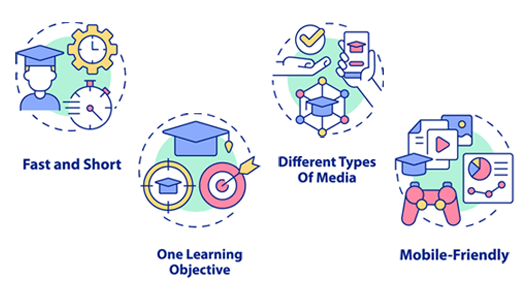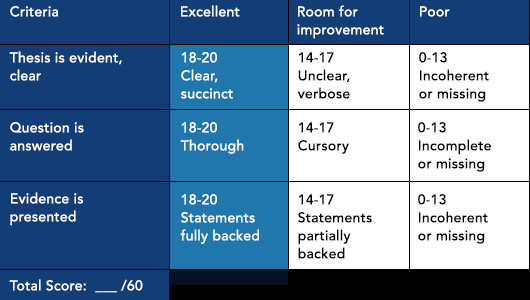formative assessment
for·ma·tive as·sess·ment
/ˈfôrmədiv/ /əˈsesmənt/
Noun
In-process evaluations to assess comprehension, learning needs, and academic progress. Formative assessments help teachers (and learners) identify deficiencies in understanding and skills and point to areas where additional practice and/or instruction is needed. These can be graded or ungraded and often include self-checks, low stakes quizzes, exit slips, polling, 1-minute reflections, etc.
Pagination
- Page 1
- Next page









